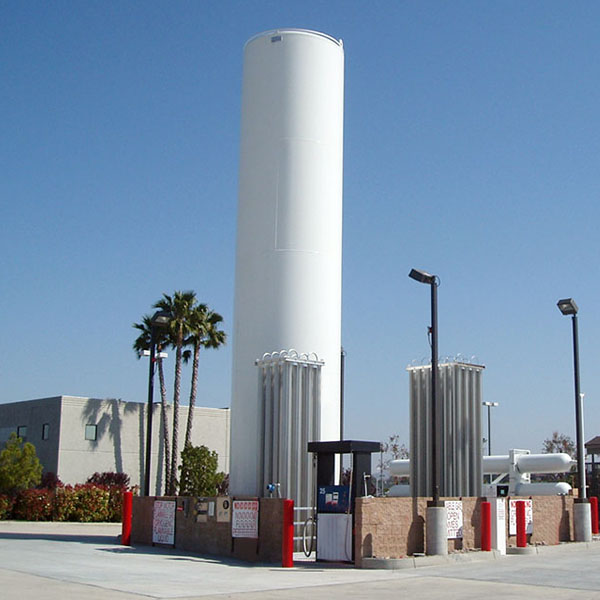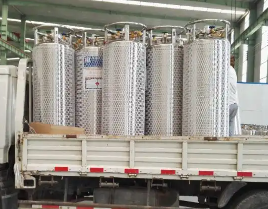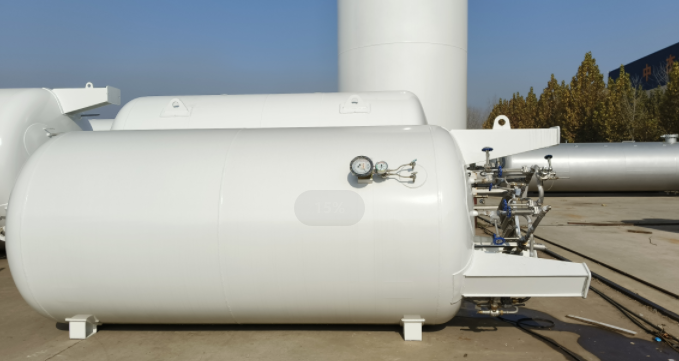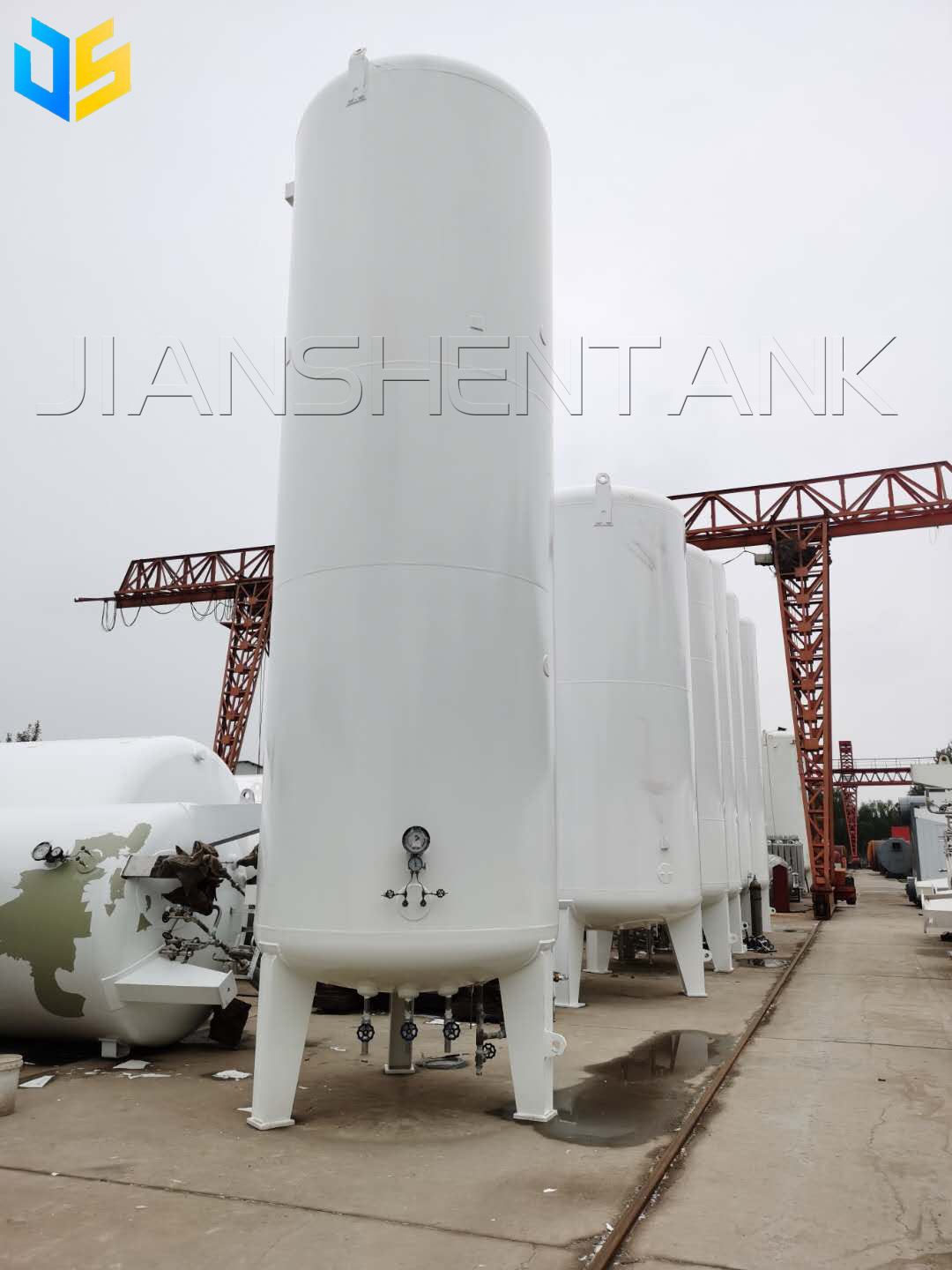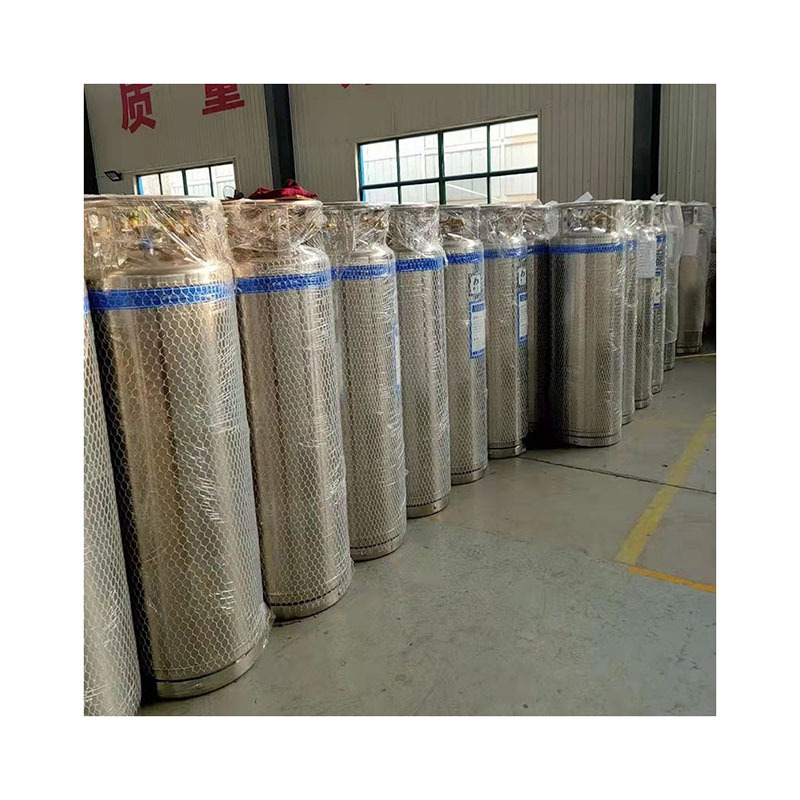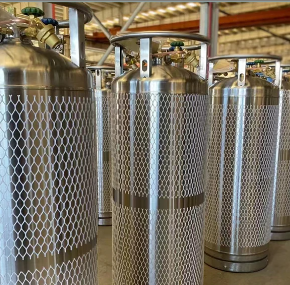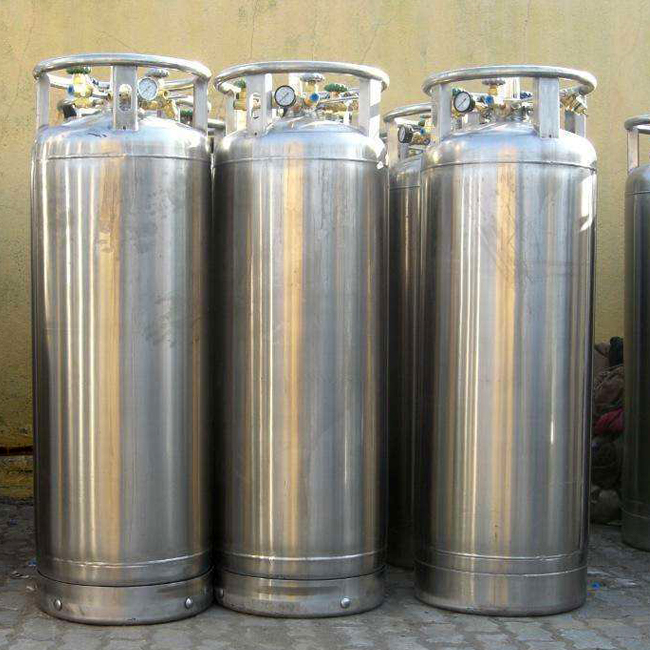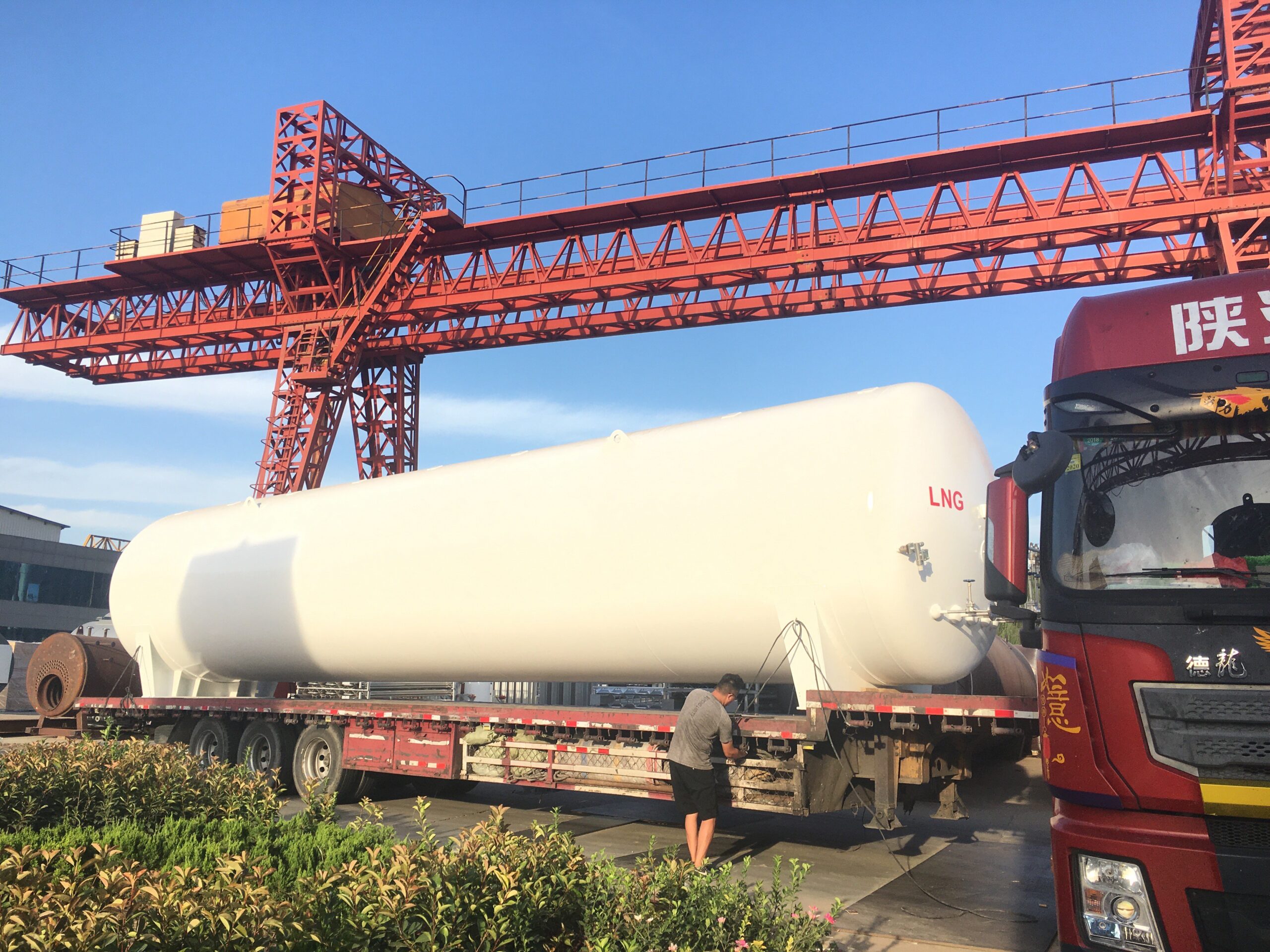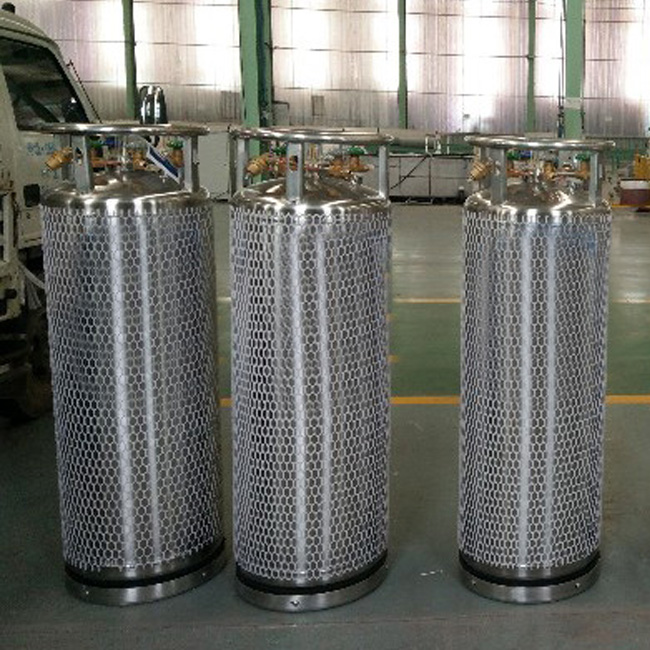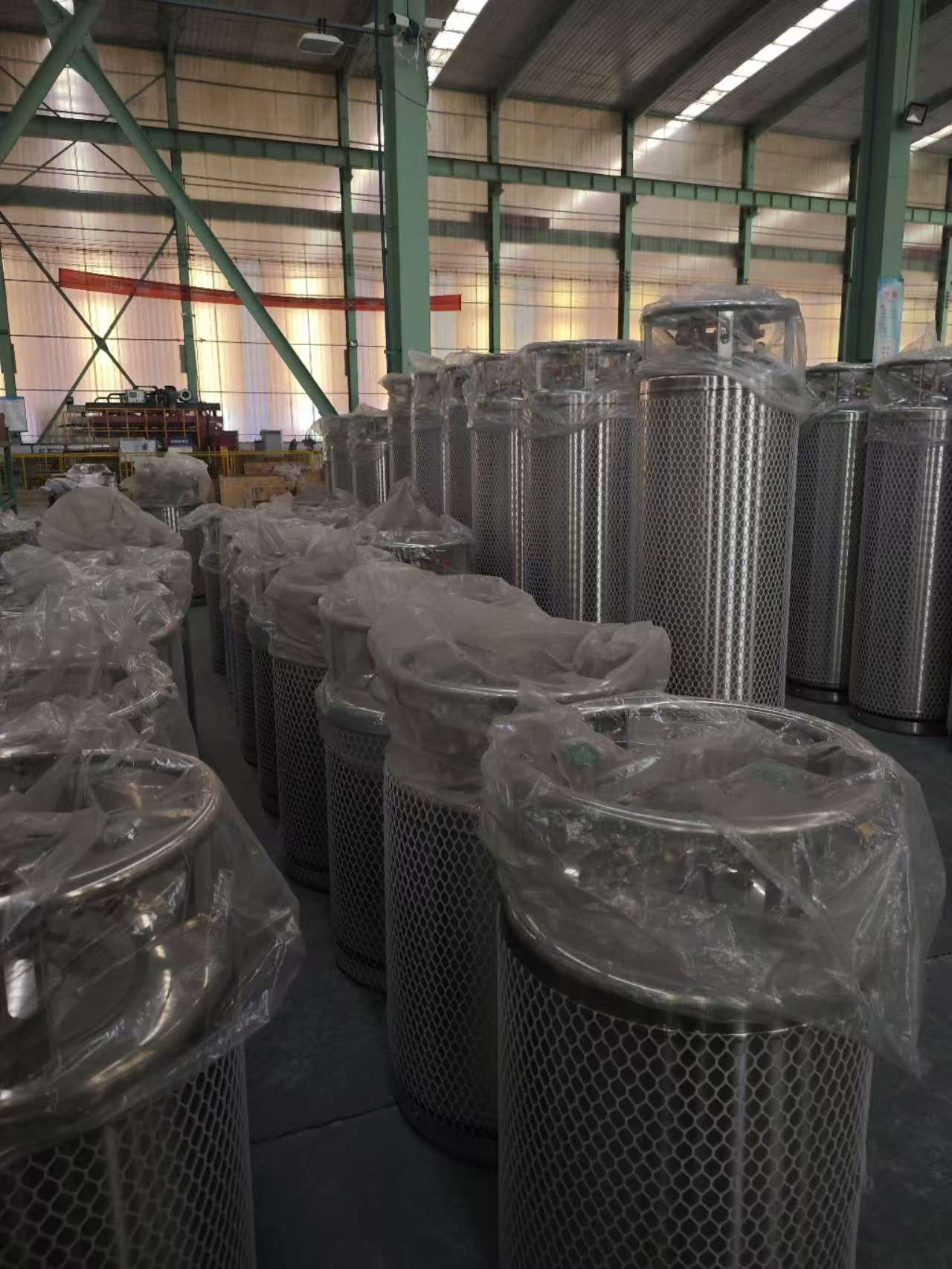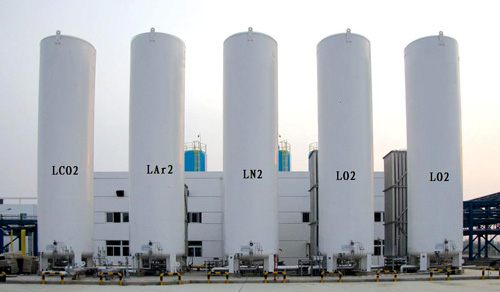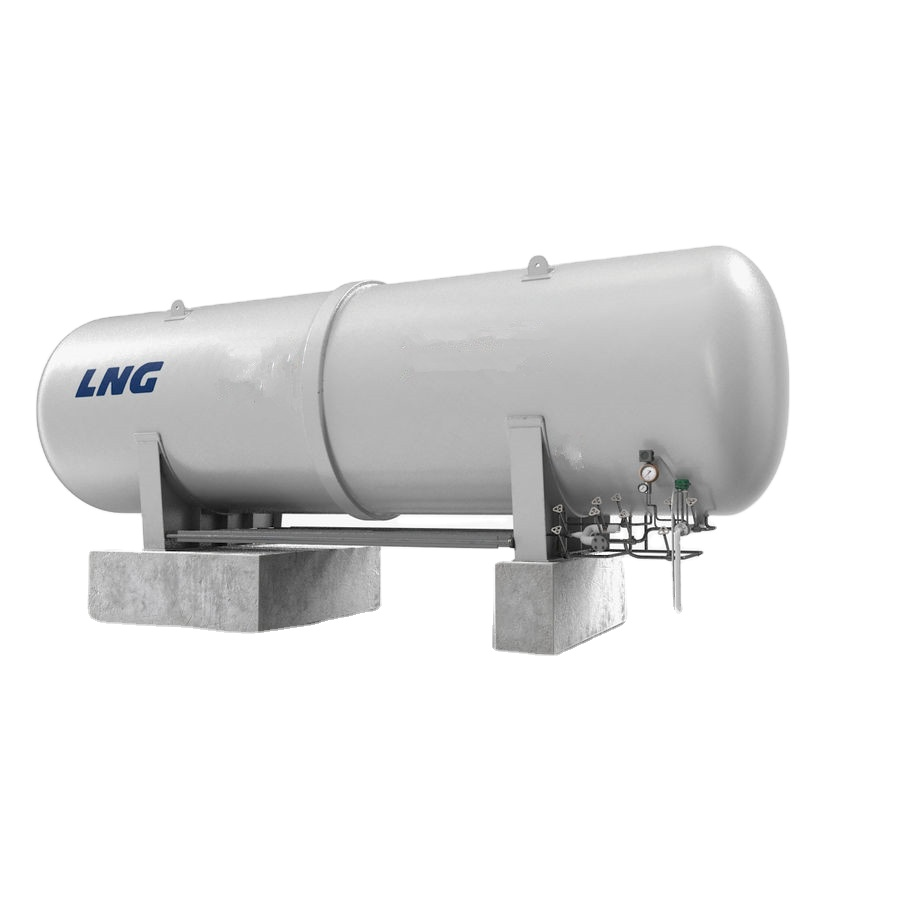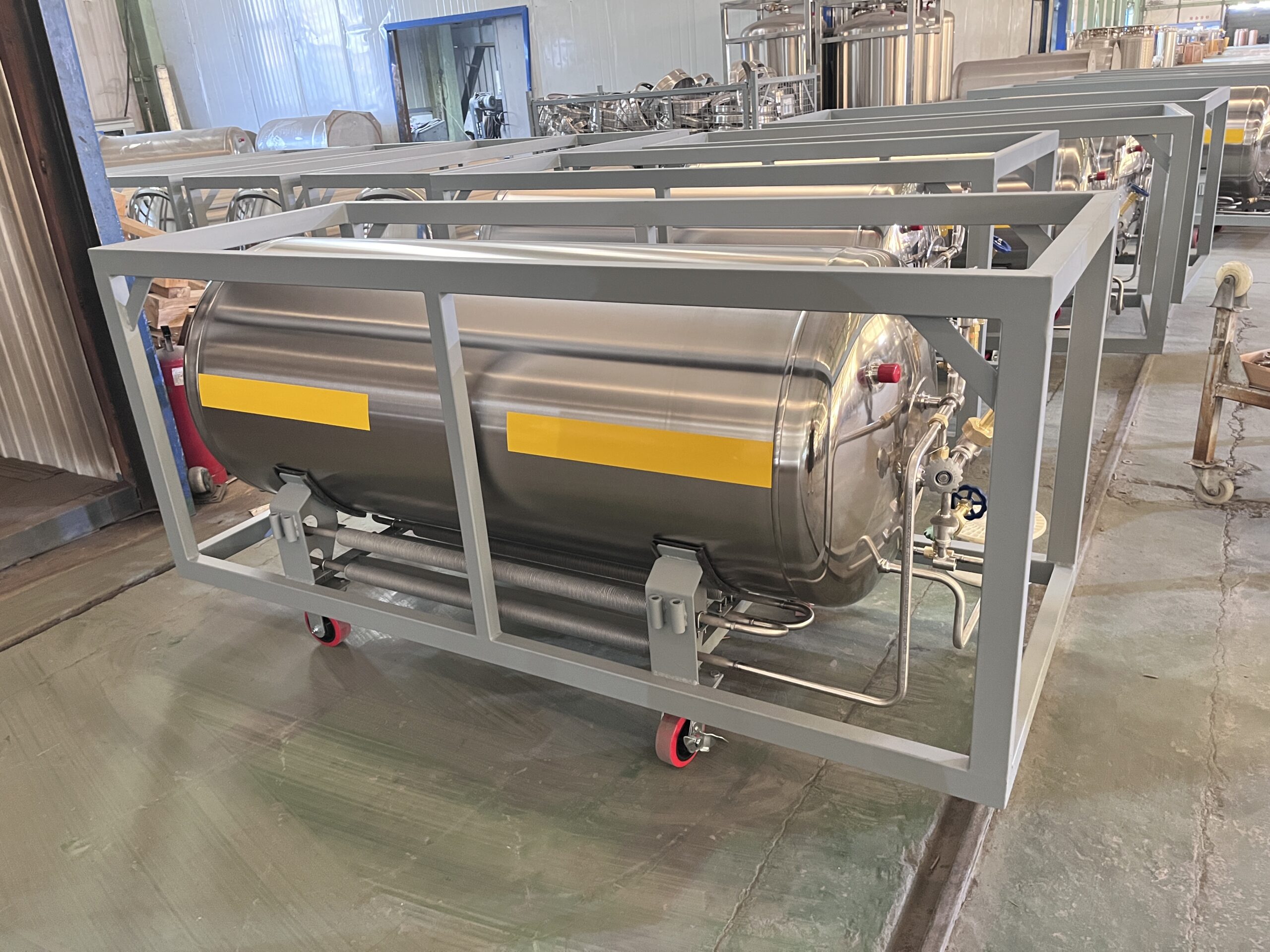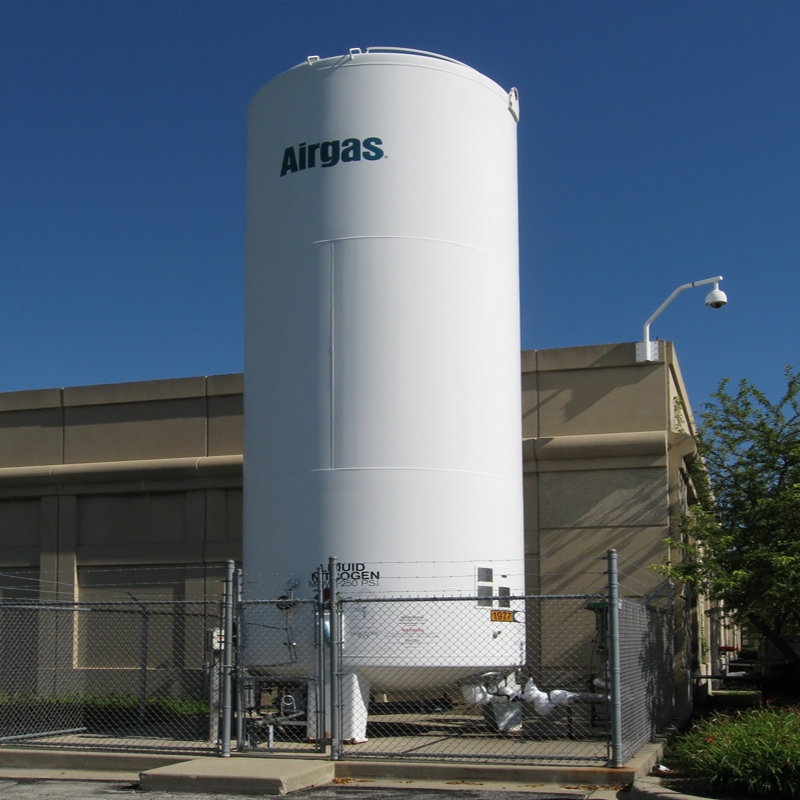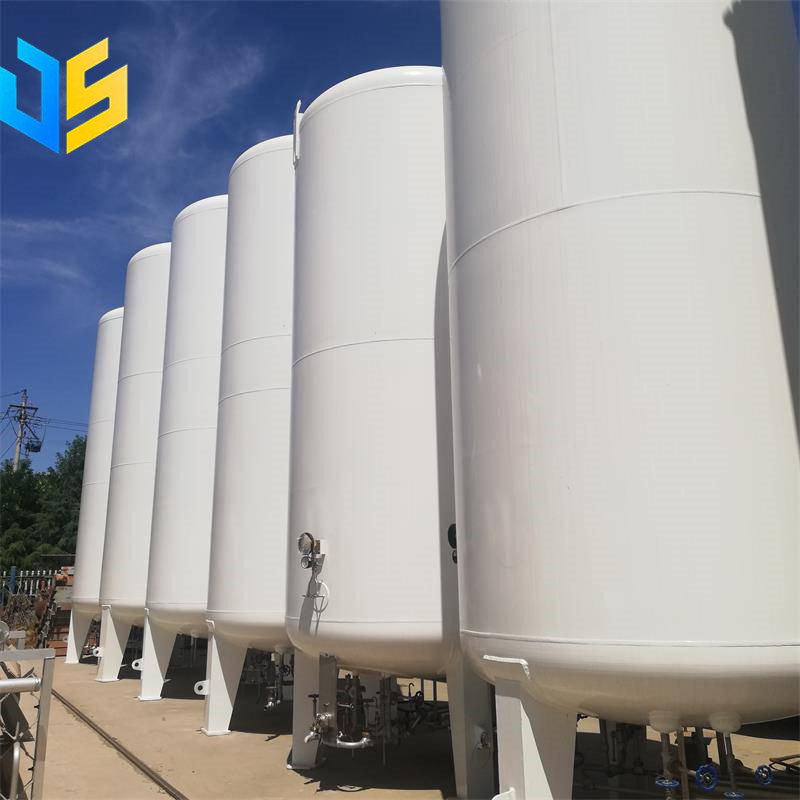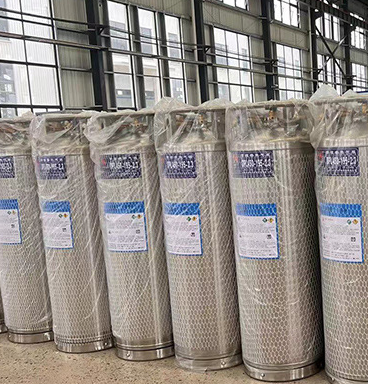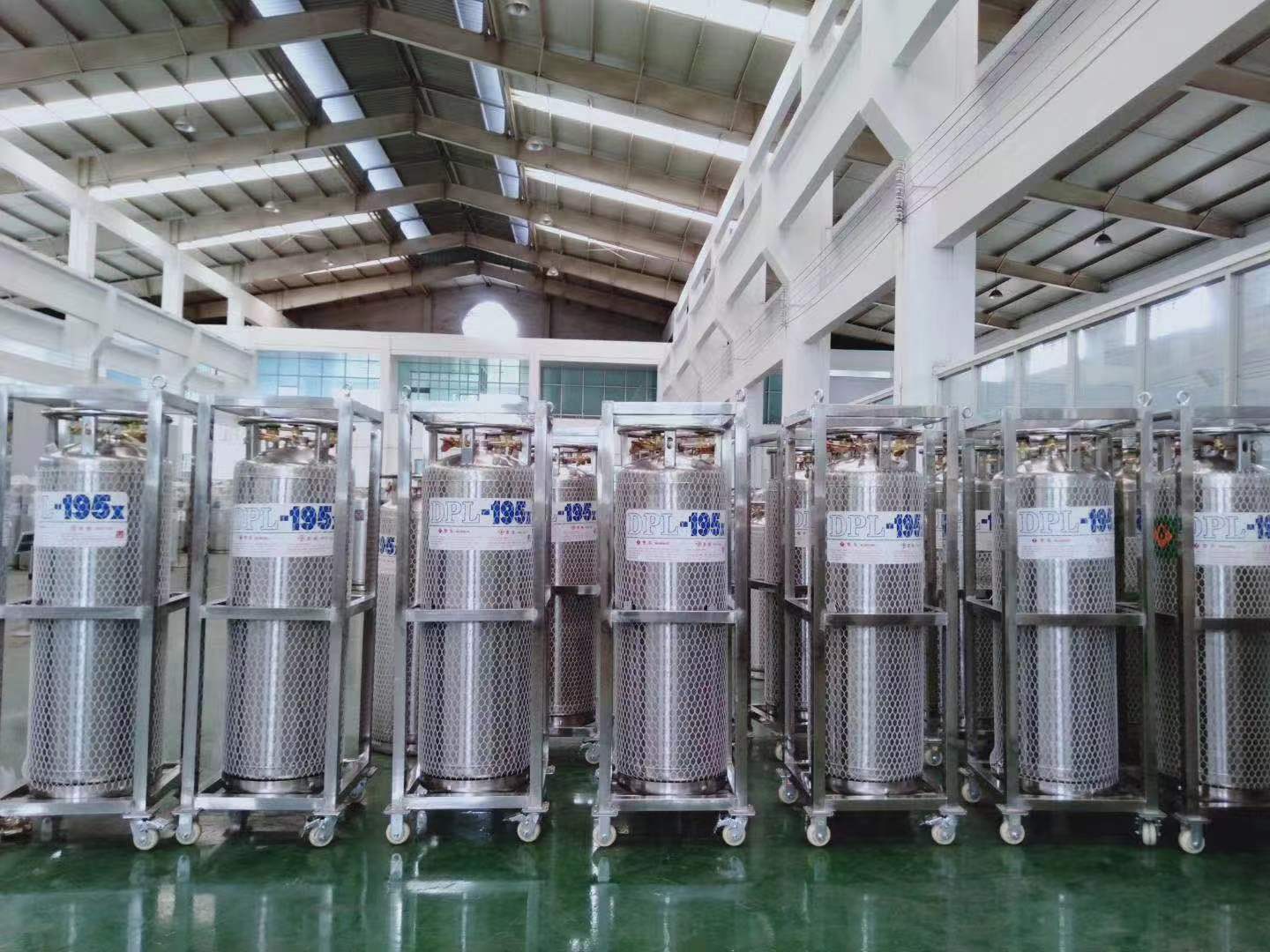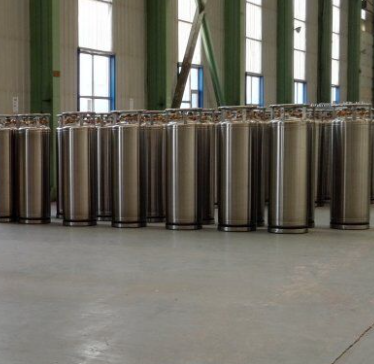Understanding the Basics of Low-Temperature Storage Tanks
Low-temperature storage tanks are crucial for storing cryogenic liquids like LNG (liquefied natural gas).
Introduction: Low-temperature storage tanks are crucial for storing cryogenic liquids like LNG (liquefied natural gas). Let’s delve into the key aspects that make these tanks efficient and safe.
1. Material Selection: Choosing the right materials is paramount for low-temperature tanks. Materials such as carbon steel, stainless steel, and aluminum alloys are commonly employed, providing the necessary toughness at low temperatures.
2. Insulation Design: Efficient insulation is critical to minimize evaporation losses. Employing multi-layer insulation, including a vacuum layer and insulating materials, helps reduce heat transfer and maintain cryogenic temperatures.
3. Safety Measures: Due to the potential hazards of cryogenic gases, robust safety systems are integral. Leak detection, fire prevention systems, and emergency shutdown devices ensure the safety of personnel and surroundings.
4. Tank Design: Low-temperature tanks typically feature a double-wall structure. The inner container holds the liquid, while the outer container serves for insulation and protection. The tank structure must withstand the stresses imposed by low temperatures.

